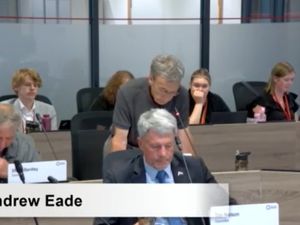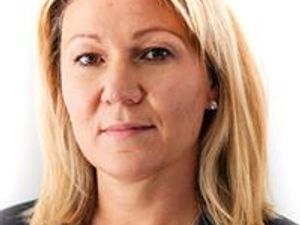Homelessness figures slightly rise after the end of lockdown
The small number of rough sleepers in Powys are people who have refused help, a committee has been told.
At the economy, residents, communities and governance scrutiny committee, councillors looked at the draft Powys County Council performance report from July to September (Quarter 2).
The data showed that the number of homeless cases that the council is dealing with, has risen in the second quarter of the year, compared to the first quarter which runs from April to the end of June.
This includes the number of households living in temporary and Bed and Breakfast accommodation.
But the number of rough sleepers has remained at five.
Councillor Kelvyn Curry, said: “We were told that all the homeless people who wanted to be accommodation were given it during the (first) lockdown.
“What is the situation now?”
Director of Environment and Economy, Nigel Brinn, said: “The situation hasn’t changed, all those we could accommodate, we have.
“The emphasis now is getting them into the most appropriate accommodation.”
Flat
This would be making sure that families receive two or three-bedroom houses, while a single person might need to be housed in a flat.
Mr Brinn added: “The number of rough sleepers are people, who unfortunately, weren’t prepared or unable to accept what was on offer.”
Committee chairman, Councillor Mathew Dorrance, said: “Why have we still got five people still sleeping rough?
“There’s been a real push from the Welsh Government to get people into some sort of temporary living accommodation.”
Mr Brinn, said: “We’re dealing with people who are particularly hard to reach or simply don’t want to accept the help which is on offer, which is frustrating and disappointing.
“We are in a position where we can provide accommodation for those that want it, however there are a number of people who have declined our offer of support.”
Mr Brinn added that in October, the Council is dealing with 320 “live homelessness cases”, and that 82 new properties had been found to “boost” the number of buildings available to accommodate people.
The report showed that between July and the end of September 37 homeless households were rehoused, an increase of two from the first quarter.
The number of homeless households in temporary accommodation was 110 from July to the end of September, an increase of three from the first quarter and the number of households living in Bed and Breakfast accommodation is 15, a rise of four from the first quarter.




